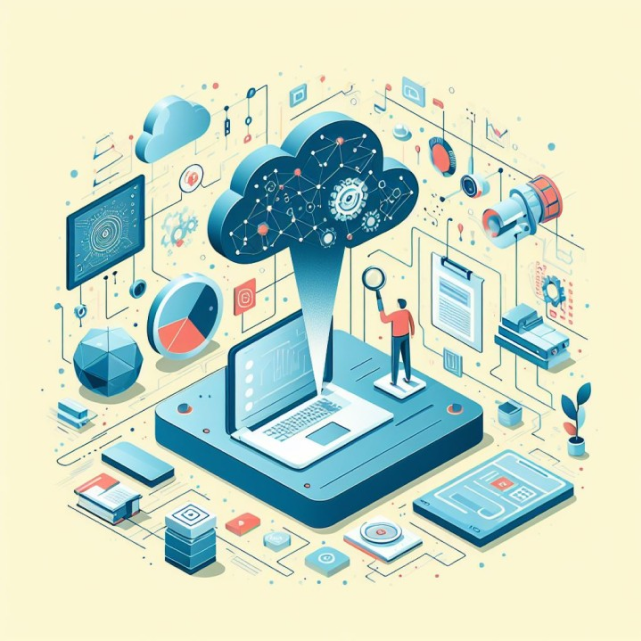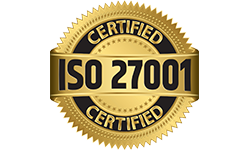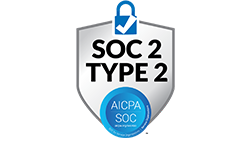

In the evolving landscape of data-driven technologies, various methodologies and techniques are employed to harness the power of data. Among these, Retrieval-Augmented Generation (RAG) and SQL generation have gained significant attention.
While both aim to enhance data utilization, they cater to different aspects of data processing and querying. This blog delves into the intricacies of RAG and SQL generation, highlighting their differences, applications, and how they contribute to the realm of data science and machine learning.
The Fundamentals of RAG
- What is Retrieval-Augmented Generation (RAG)?RAG is a cutting-edge technique that combines the strengths of information retrieval and natural language generation. Developed by Facebook AI, RAG integrates a retrieval module with a generative model to produce more accurate and contextually relevant responses. The core idea is to augment the generative capabilities of a model with the vast knowledge embedded in external datasets or documents.
- How RAG WorksRAG operates in two main stages: retrieval and generation. During the retrieval phase, the system searches a large corpus of documents or data to find the most relevant pieces of information based on the input query. This is akin to how search engines function, identifying and ranking documents by relevance. The retrieved information is then fed into a generative model, such as GPT-3, which processes this data to generate a coherent and contextually appropriate response.
- Applications of RAGRAG has numerous applications across various domains. In customer support, RAG can enhance chatbot performance by providing precise and relevant responses based on a vast knowledge base. In healthcare, it can assist in providing medical advice by retrieving relevant medical literature and generating responses based on the latest research. RAG is also useful in content creation, where it can generate articles or reports by retrieving and synthesizing information from multiple sources.
Unveiling SQL Generation
- The Concept of SQL GenerationSQL generation refers to the automatic creation of SQL queries from natural language inputs. This technology leverages natural language processing (NLP) techniques to understand and translate human language into SQL commands that can interact with relational databases. The goal is to enable users, regardless of their technical expertise, to query databases using plain language.
- Mechanism Behind SQL GenerationThe process of SQL generation involves several key steps. Initially, the system parses the natural language input to comprehend the user’s intent. It then maps this intent to the schema of the target database, identifying the relevant tables, columns, and relationships. Finally, it constructs the corresponding SQL query, ensuring syntactical correctness and logical consistency.
- Practical Uses of SQL GenerationSQL generation is particularly valuable in business intelligence and data analytics. It empowers non-technical users to extract insights from complex datasets without needing to master SQL syntax. In e-commerce, SQL generation can help in creating dynamic and personalized product queries. Additionally, it is beneficial in educational settings, where students can interact with databases using natural language, facilitating a more intuitive learning experience.
Comparing RAG and SQL Generation
- Objectives and ScopeWhile RAG and SQL generation both aim to enhance data accessibility and utilization, their objectives and scopes differ significantly. RAG focuses on augmenting generative models with retrieved information to produce more accurate and contextually rich outputs. Its primary goal is to improve the quality of generated content by leveraging external knowledge sources. Conversely, SQL generation aims to democratize database querying by translating natural language inputs into SQL commands, making data retrieval more accessible to non-technical users.
- Underlying TechnologiesRAG leverages a combination of information retrieval techniques and generative models. The retrieval component often employs dense retrieval methods, such as BM25 or dense passage retrieval (DPR), while the generative model typically consists of transformer-based architectures like GPT. On the other hand, SQL generation relies heavily on NLP techniques, including entity recognition, dependency parsing, and semantic parsing, to understand and translate user queries into SQL.
- User InteractionThe user interaction models of RAG and SQL generation also differ. In RAG, the user provides an input query, and the system retrieves relevant information to generate a response. The interaction is often conversational, aimed at providing information or completing tasks based on the retrieved data. SQL generation, however, focuses on converting natural language queries into SQL commands that interact with databases. The interaction is more query-centric, aimed at extracting specific data points from structured databases.
Strengths and Limitations
- Advantages of RAGOne of the key strengths of RAG is its ability to provide contextually rich and accurate responses by leveraging external knowledge sources. This makes it highly effective in scenarios requiring detailed and precise information. Additionally, RAG’s integration of retrieval and generation allows it to handle a wide range of queries, from simple fact-based questions to complex, multi-turn interactions.
- Limitations of RAGDespite its strengths, RAG has certain limitations. The quality of responses is heavily dependent on the retrieval module’s ability to identify relevant information. If the retrieval fails to fetch pertinent data, the generative model may produce less accurate or coherent responses. Furthermore, RAG requires substantial computational resources and large datasets to function effectively, which can be a barrier for smaller
- Benefits of SQL GenerationSQL generation democratizes data access by enabling non-technical users to query databases using natural language. This reduces the dependency on data experts and allows for more agile decision-making. Additionally, SQL generation systems can be integrated with various business intelligence tools, enhancing their versatility and utility.
- Challenges of SQL GenerationHowever, SQL generation is not without challenges. Understanding and accurately translating natural language queries into SQL commands can be complex, particularly with ambiguous or poorly structured inputs. The system must have a deep understanding of the database schema and relationships to generate accurate queries. Additionally, SQL generation systems may struggle with highly specialized or domain-specific queries that require intricate knowledge of the database.
Conclusion
In conclusion, RAG and SQL generation represent two distinct yet complementary approaches to enhancing data accessibility and utilization. RAG excels in augmenting generative models with retrieved information to produce contextually rich responses, making it ideal for applications requiring detailed and accurate information synthesis. Conversely, SQL generation simplifies database querying by translating natural language inputs into SQL commands, democratizing data access for non-technical users.
Both techniques have their unique strengths and limitations, and their applicability depends on the specific needs and context of the task at hand. As the field of data science continues to evolve, the integration and advancement of these methodologies will undoubtedly contribute to more efficient and effective data-driven solutions. Whether augmenting generative models with RAG or enabling natural language database queries with SQL generation, the future of data interaction looks promising and full of potential.



 +1 (617) 221-5900
+1 (617) 221-5900
 Follow Us
Follow Us
